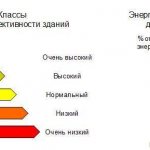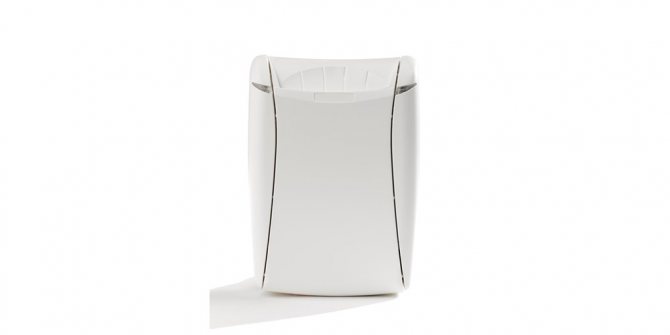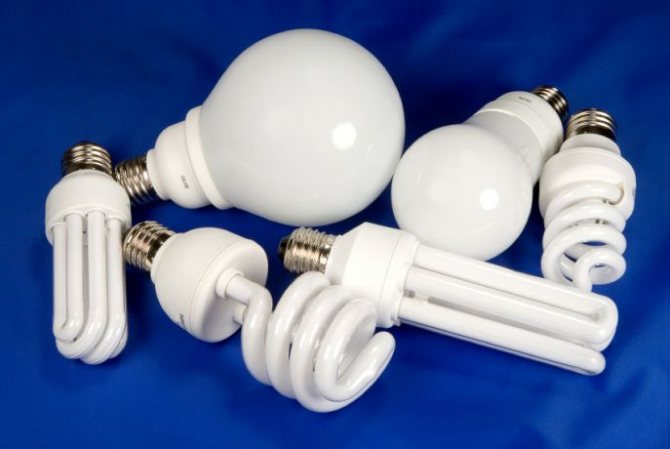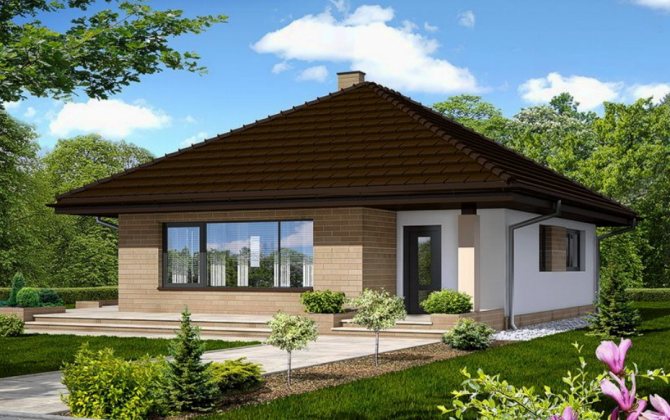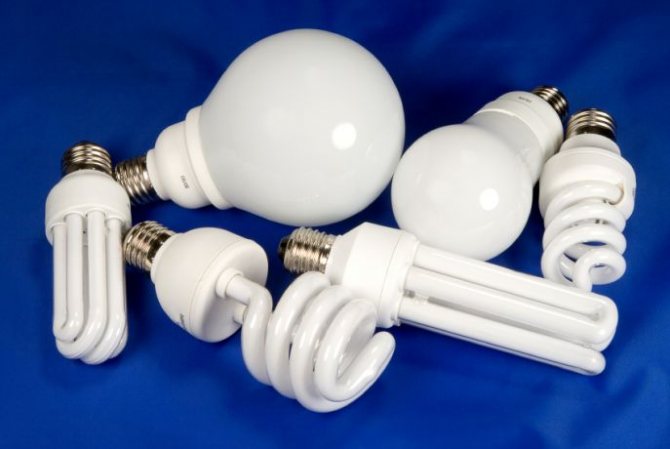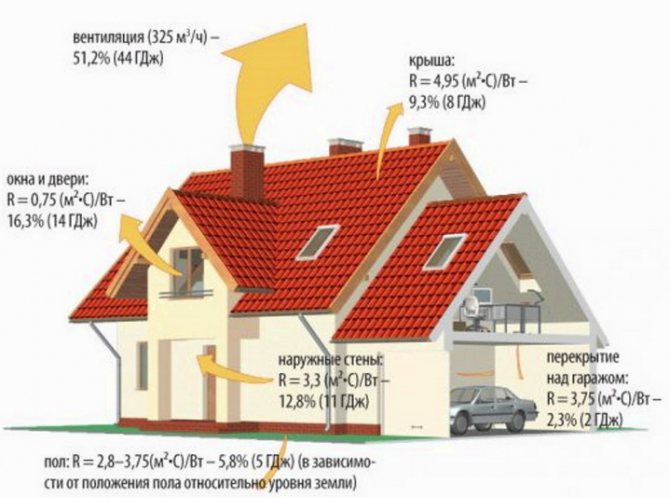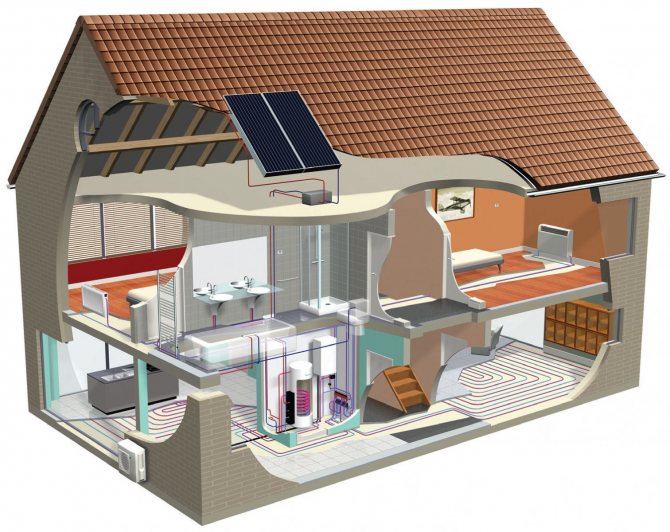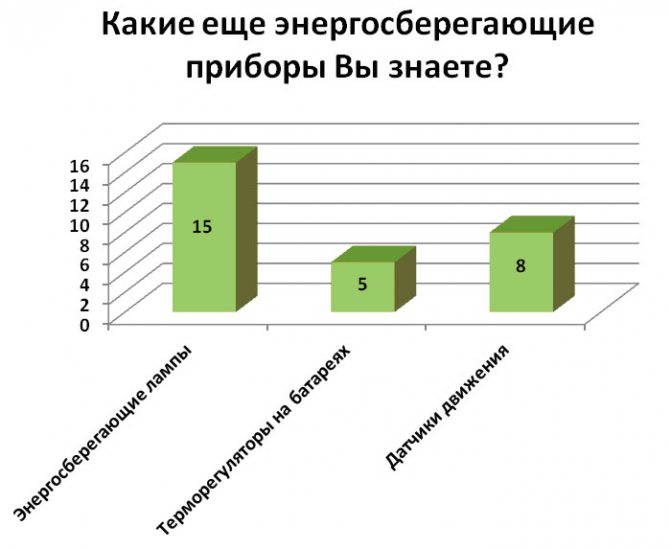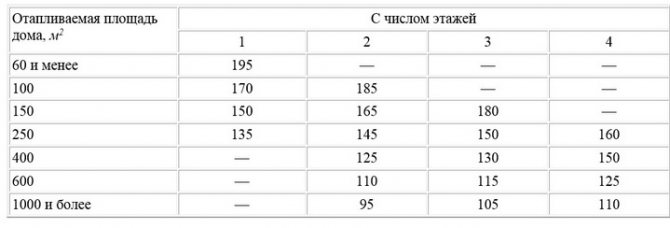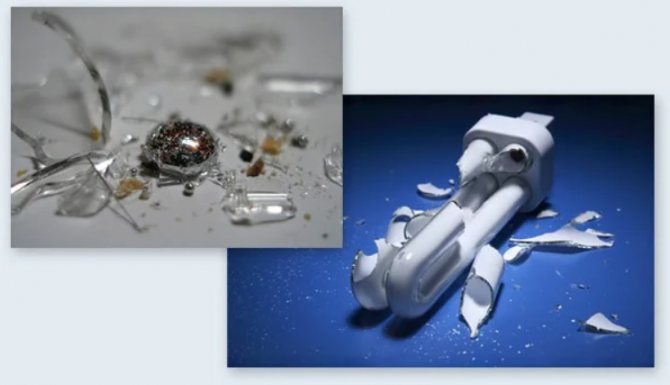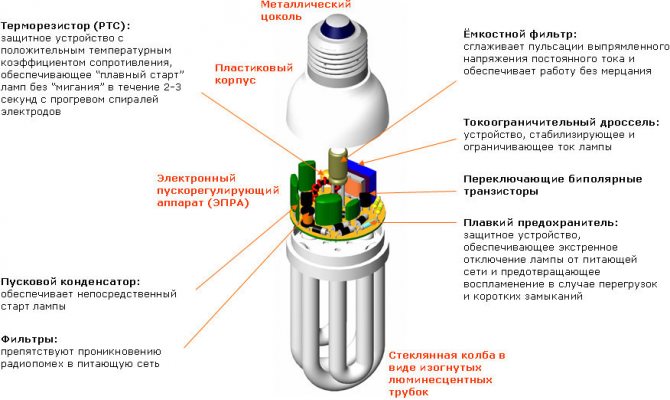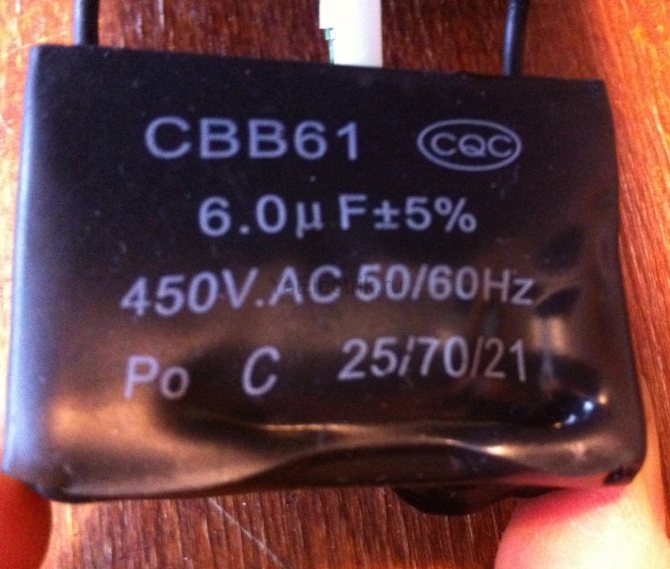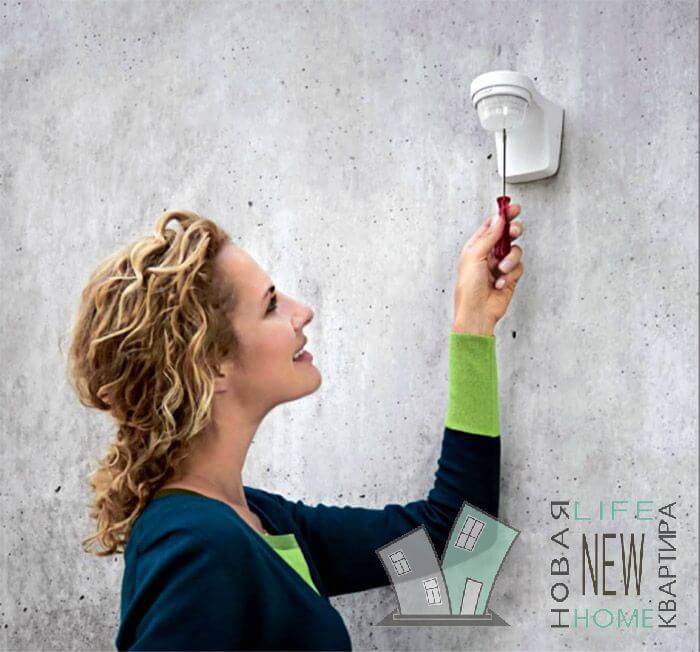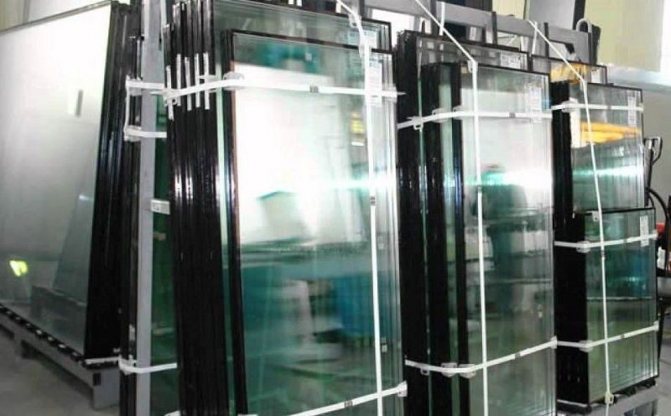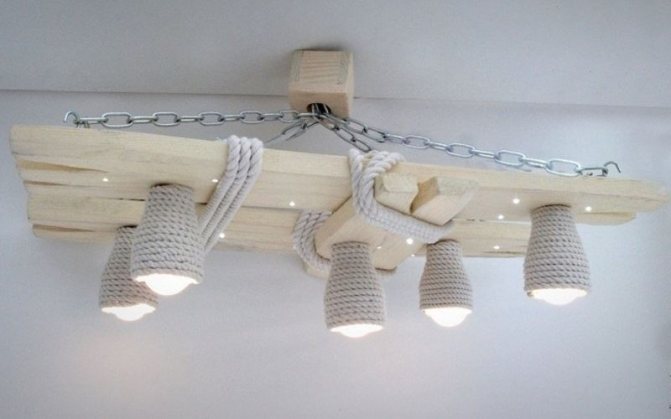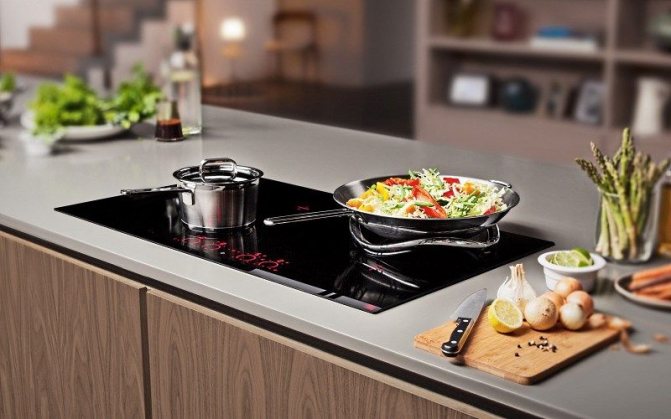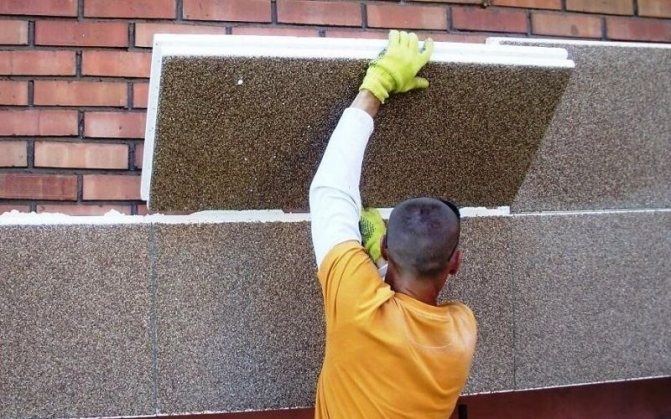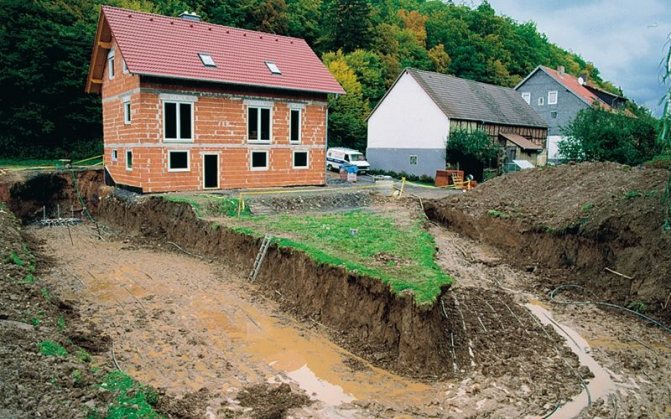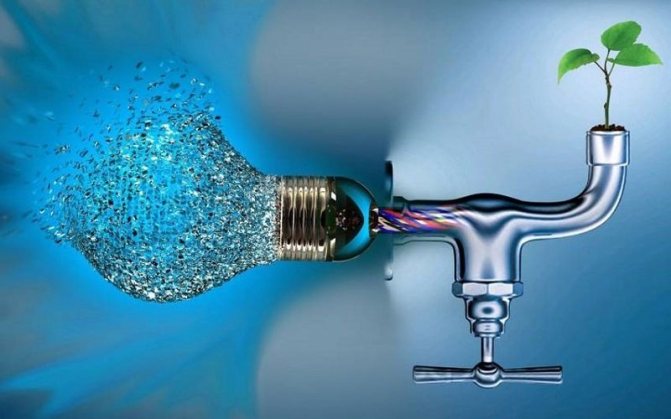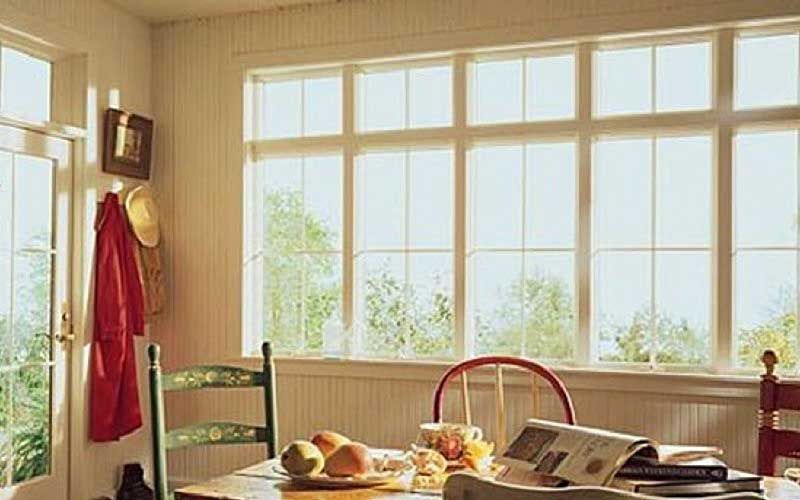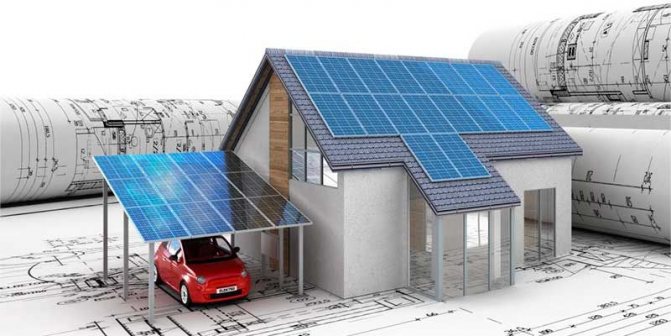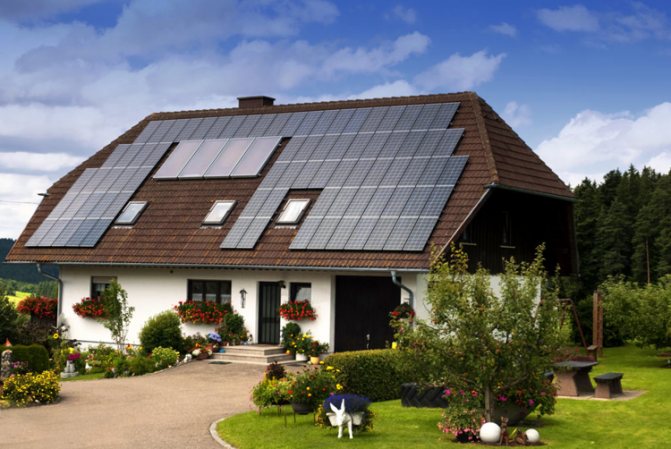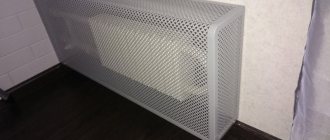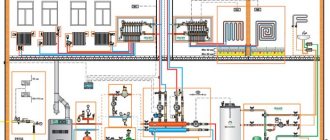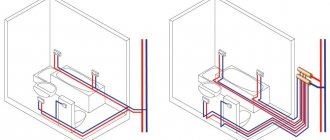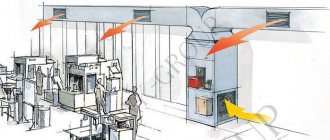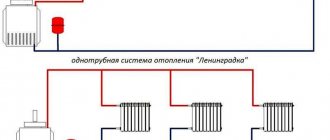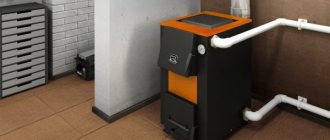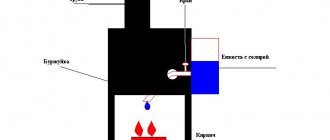06/30/2016 master
Recently, on hearing energy-saving technologies, which are not only environmentally friendly, but also allow you to significantly save on utility bills, which do not decrease every year. The easiest way to use such technologies in practice is energy-saving lamps.
It is quite problematic to do without electricity today, since almost all household appliances operate on electricity. Therefore, the use of this kind of lighting fixtures at home will be beneficial and practical. Today's article will tell you about all the advantages and features of the operation of energy-saving lamps.
Energy efficiency classes at home

Energy efficiency classes of buildings.
Energy-saving technologies for a private house increase the efficiency of using the energy carrier in any of its variations. The more economically energy is consumed, the higher the energy efficiency class of the house. These very classes are defined by building codes and regulations SNIP 23-03-2003. Table 3 defines that:
- new buildings and renovated buildings are assigned classes A, B (B +, B ++), C;
- buildings that are already in use are assigned classes D and E.
Each class of energy efficiency at home has a maximum deviation of the actual consumption of thermal energy for heating from the standard:
- class A - 51 kJ / (m * C per day) and more below the norm;
- class B - from 10 to 50 kJ / (m * C per day) below the norm;
- class C - the interval between an excess of 5 kJ / (m * C per day) and 9 kJ / (m * C per day) below the norm;
- class D - from 6 to 75 kJ / (m * C per day) above the norm;
- class E - more than 76 kJ / (m * C per day) above the norm.
The norms for the specific consumption of thermal energy are established taking into account the type of building (housing, public place, clinic or school, office building) and the number of storeys.
If you noticed in the SNIP it is said that the implementation of measures for insulation or modernization affects the energy efficiency class. For example, if you insulate the walls of the apartment from the outside, then the heat loss will be much less. In panel houses, sometimes it is enough to simply seal the cracks using one of the methods to make it much warmer. In addition to external and internal insulation of walls, floors and ceilings, you can reduce heat loss by installing modern plastic windows. Their thermal conductivity depends on the thickness of the profile, the number of chambers in the glass unit, the presence of sputtering on the glass and gas in the buffer air zones.
It is more than realistic to create an energy-saving house with your own hands, it is enough to cut off the irrational consumption of energy carrier step by step. The concept of such housing is to save on electricity, heating (taking into account the fact that the insulation has already been carried out) and air circulation. With an integrated approach, the results will not be long in coming, and you will have to pay much less bills.
In the absence of an alternative, long-burning home stoves are great for heating your home. Reviews indicate their high efficiency.
How to take readings of a heat meter in an apartment is written here.
What we work with
Energy-saving luminaires are lighting fixtures designed for the installation of energy-saving light sources. The bulbs used here are modern light sources that, depending on the type, can save up to 90% of electricity. By their design, energy-saving lighting devices practically do not differ from ordinary lamps. The only difference may be in the base, where the corresponding bulbs will be screwed. The principle of operation of such lamps (led or other models) is based on the presence of a special optical-acoustic switch in its design. This switch is required to automatically turn on the lighting. If the lighting level is sufficient, the switch will not respond to sound signals. But at dusk, the photocell will give signals to activate the microphone. In a situation where sound occurs in the range of the microphone, the electronic key will close and the lighting will turn on for 50 seconds. When the time is up, the light will go out. If the sound does not disappear, the lamp will resume its work cycle without turning off the light.
Note! This principle is typical for all energy-saving appliances.
Today, such devices are widely used. They are used for lighting:
Industrial lighting
- offices and public premises;
- houses;
Note! Lamps of this kind are more often used precisely for lighting various kinds of home premises;
- supermarkets, sales areas and small shops;
- industrial premises. For industrial premises, special types of lamps should be used, which have increased resistance to mechanical damage, as well as prolonged exposure to water;
- exhibition halls, museums and other structures.
Such an extensive distribution of this kind of devices was made possible by the presence of a huge list of advantages.
Saving electricity


LED luminaires are the most economical in their cohort.
Let's start with the simplest and most obvious things - saving electricity. The first and main device that deserves attention is a two-tariff electric meter, which separately counts day and night energy. The cost per kilowatt of electricity from 11 pm to 7 am is four times lower than the daily cost. Naturally, the counter is not an energy-saving device for the home, but it saves a lot of money, and this is probably the main motivation.
Real measures to reduce the kilowatts used:
- electrical appliances with energy saving class A + and A ++;
- lighting with LEDs or fluorescent lamps.
Sparsely, true, but that's all you can get from electrical appliances. All other measures relate to the rational use of energy. For example, you can wash in cold water. Now such powders are used that boiling in a typewriter is used only when it is being descaled. By the way, in cold water, scale does not settle on the parts of the washing machine so much. It is also useful to install motion sensors in a common corridor, on a staircase, in the courtyard of a private house, in other words, where constant lighting is not needed.
How to save energy without a miracle device?
To add a little optimism, we want to give you real advice on how you can reduce energy consumption in a residential building:
- Incandescent lamps can be replaced with fluorescent, energy-saving, LED. It's that simple, and the annual energy savings by replacing only 10 bulbs will be about 800 kWh.
- Use natural light more during the daytime. To do this, do not clutter the windowsills with huge flower pots, do not hang dark curtains.
- Install a multi-tariff electricity meter. The night tariff is cheaper, so use the delayed start function in your home appliances. Run your dishwashers, washing machines, bread makers and multicooker to work at night.
- When installing lighting in an apartment, you should definitely find a place for hanging wall lamps and sconces, small portable lamps. If you feel like reading or knitting, turn them on, not the overhead lighting of the entire room.
- During the day, when you leave home, and at night, when you sleep, turn off TVs, computers, stereos, microwave ovens from the network. All these electrical appliances also consume electricity in standby mode.
- Change home appliances to new ones whenever possible. The older it is, the higher its energy consumption. When buying, give preference to models with class A.
- Before using the air conditioner, close all windows and doors, do not cool the outside.
- If you have electric heating, you should think about additional insulation of the apartment or house outside.
- And, of course, when you leave, turn off the light.
We hope that in this article we have explained in an accessible way that by buying and installing such devices to save energy, you can only slightly unload a small section of the wiring from a miniscule share of the reactive component. But neither your efforts, nor the money thrown into the wind will be appreciated by the counter in any way. Do not mess with home-made devices, but rather use the advice and learn to save honestly.
Energy efficient heating
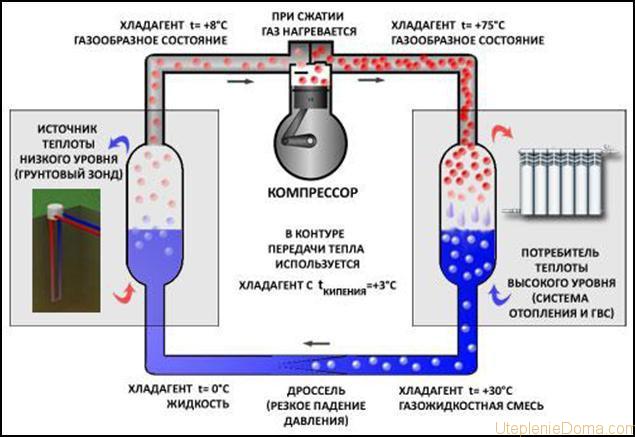

The principle of operation of a heat pump.
It is impossible to consider energy saving in a private house without heating, because you can really save on this. Heating systems differ in the type of energy carrier:
- gas;
- electrical;
- solid fuel;
- liquid fuel;
- heat pumps;
- heliosystems.
With gas everything is simple, it is good, use it and enjoy life. Now it is the most profitable heating method that does not require large financial investments. Electric boilers are not economical, as much as they have consumed and produced so much energy. The only option to cut costs is a two-tariff meter and a heat accumulator. The boiler works at night at a cheap rate and charges the heat accumulator. During the day, the boiler works only if absolutely necessary. On this, the elements of energy saving for a house heated by an electric boiler are over.
Solid fuel boilers and stoves already provide more options for savings. Almost all modern samples work on the principle of afterburning pyrolysis gases, as a result of which the efficiency increases to 85%, which is not bad at all for such units. Solid fuel pyrolysis energy-saving appliances for home work differently from conventional units:


The heat carrier circulates through the tubes in the solar system.
- in them the fuel does not burn, but smolders;
- the energy carrier decays from top to bottom;
- a relatively low temperature (about 450 degrees) is maintained in the furnace and an oxygen deficit is artificially created. Under these conditions, the pyrolysis reaction begins - the release of wood gases;
- the pyrolysis gas rises into the second chamber, where it is enriched with oxygen, as a result of which it ignites and releases thermal energy. Secondary afterburning occurs.
It is the presence of the second afterburner that is a necessary condition so that the gas does not escape into the pipe. With this approach, the energy efficiency of residential buildings naturally increases. We have already talked about liquid fuel heating systems, their efficiency depends only on the quality of the equipment, the burner in particular.
Heat pumps are systems that use the energy of the elements (earth, water and wind). They work on the principle of a conventional refrigerator, only in the opposite direction.
Heating the house is generally free, but starting investments are needed, and quite large ones. Such energy saving systems for the home pay off for over 30 years. Heat pumps are not suitable for high-temperature heating systems, since they heat the coolant to 35-40 degrees, which is quite enough for low-temperature "warm floor" systems.
Solar systems look like solar panels, but they work a little differently. A conventional solar battery collects energy from the sun and converts it into electrical energy, and solar systems heat the coolant. There are seasonal and year-round solar systems, they are effective only where there is a lot of sun. An obligatory element of heating a house by means of solar systems is a buffer tank (heat accumulator). We have already talked about solar systems for heating in one of the previous articles.
Before you put the meters for heating in the apartment, determine the method for wiring the circuit. Installation is not always possible.
You will find information on whether it is possible to insulate the floor with penofol in this article.
Smart thermostats
Another eco-friendly way to save money on home maintenance is with smart thermostats. What are the principles of their work? They automatically regulate the heating and cooling process of rooms, optimizing energy consumption. Many sensors and thermostats of this type can be controlled using smartphone apps.
Smart thermostats are not able to heat all rooms, but only those that are currently in use. They also have the ability to turn on and off as the owner's smartphone approaches or moves away.
Energy efficient ventilation
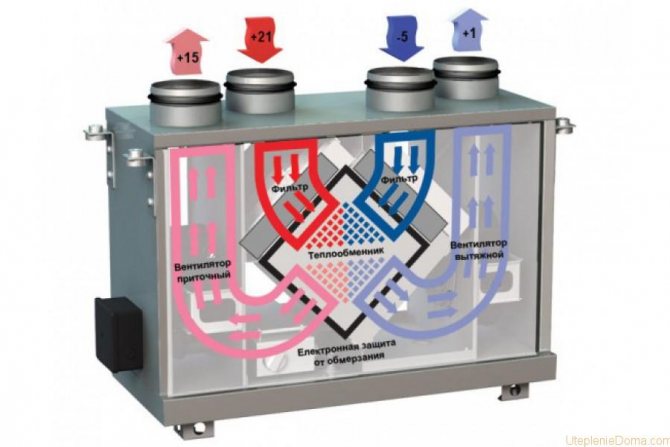

The principle of operation of the air recuperator.
Fresh indoor air is essential. Few people think about this, and when a headache, pathological fatigue, skin problems appear, everything is attributed to the environment and stress, and even the thought does not arise that the room is simply not ventilated enough. It would seem that everything is simple, you need to open the window, and nothing more. But then there is a problem - heat loss. It turns out that savings and energy-saving technologies are down the drain, everything flies through the window.
The principles of an energy efficient home do not allow conventional ventilation; ventilation must also be energy efficient. For this purpose, air recuperators are installed. These are such devices through which air is circulated between the room and the street, while the exhaust air gives off its heat to the incoming one. Heated fresh air, which contains a lot of oxygen, enters the house. Heat exchange between the streams takes place in a special block, its configuration can be different.
Disadvantages of the recuperator:
- Energy consumption;
- fan noise;
- not all models are effective.
The advantages are obvious - a constant flow of fresh air, does not pull on the floor with a draft, heat loss is minimized.
Why energy saving lamps blink
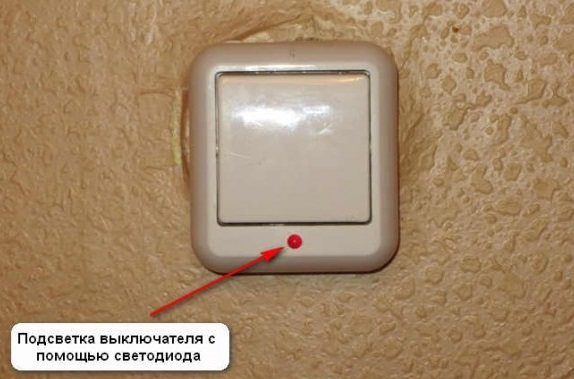

The blinking of an energy-saving lamp with a switch with an LED backlight occurs more often than with a neon
This phenomenon is very common, even when the lamp is de-energized. In reality, this is normal and it simply cannot be otherwise, due to the presence of a switch with an indicator. This switch has its own LED that glows continuously for self-detection. A current is also supplied to it, its strength is not enough to start the lamp, but enough to flicker.
To solve the problem, you will need to change the switch or remove the indicator from the installed one. Flickering should no longer bother household members.
Also, similar phenomena can be observed with strong voltage surges, ballast malfunction, as well as in the event of interference during the operation of capacitors inside the unit. Sometimes lamps can flicker when they are installed in a chandelier in the amount of more than three pieces.
